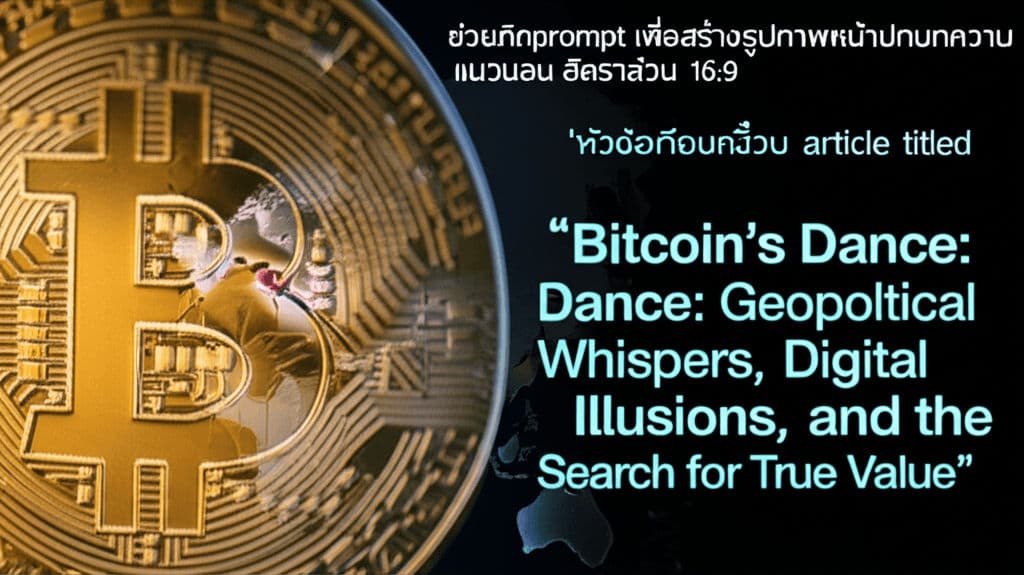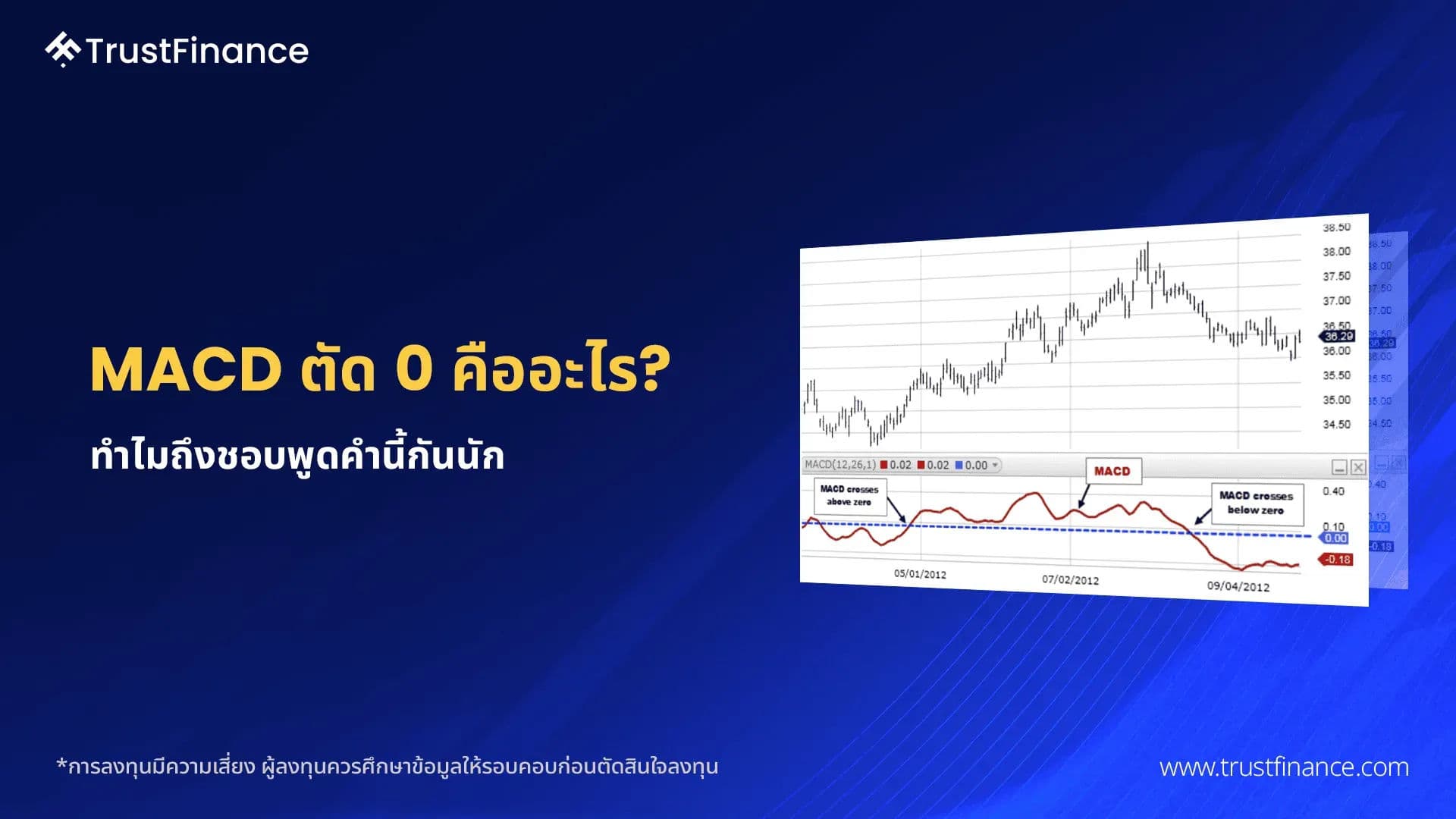Bitcoin's Ascent: A Dance Between Geopolitics, Digital Illusions, and the Elusive Nature of Trust
In an era where global markets sway with every diplomatic gesture, we often celebrate the visible surges, the vibrant green candles illuminating a digital chart. But as Bitcoin embarks on another climb, buoyed by whispers of a trade truce between economic titans, do we truly grasp the intricate, fragile threads that weave through this newfound optimism, or the unseen shadows lurking just beyond the immediate headlines?
The world's largest cryptocurrency, Bitcoin, recently witnessed a significant uplift, a direct echo of investor enthusiasm surrounding the burgeoning progress in US-China trade negotiations. This movement is not merely a technical blip; it reflects a deeper human instinct, an increased appetite for risk that blossoms when the specter of global uncertainty momentarily recedes.
Yet, this surge arrives on the heels of a past high, a historic peak of $112,000 last month, which was itself fueled by the tantalizing promise of increased regulatory clarity and institutional embrace. That momentum was swiftly curtailed by the re-emergence of global trade tensions, sending Bitcoin into a period of constrained trading. This volatile rhythm reminds us that even in the digital realm, the echoes of traditional geopolitical and economic shifts resonate profoundly, shaping fortunes and fueling anxieties.
The Geopolitical Pulse and Digital Repercussions
The high-stakes discussions unfolding in London, involving senior US officials and China's Vice Premier, are more than just dialogues on tariffs and export controls. They are a delicate calibration of global stability, and any constructive outcome can ripple outwards, emboldening investors to seek returns in assets perceived as more adventurous. Bitcoin, in this context, often becomes a barometer for this collective human sentiment toward risk.
However, even as these grand narratives of global commerce unfold, the digital sphere itself presents its own unique challenges to the very fabric of trust. Just days ago, the official X account of Paraguayan President Santiago Peña was allegedly compromised, broadcasting a false declaration of Bitcoin as legal tender and the establishment of a $5 million Bitcoin-backed reserve fund. The government’s swift denial and warning to the public underscores a crucial vulnerability in our interconnected world.
This incident, though quickly debunked, is not an isolated digital quirk. It is a stark, public illustration of how easily information can be manipulated, how a single, fabricated post can momentarily create a ripple of false hope or confusion across an entire nation and the global cryptocurrency community. It compels us to ask: What truly underpins our trust in this emerging financial paradigm? Is it merely the promise of technological decentralization, the allure of quick gains, or something far more fundamental—the reliability of the information we consume?
Beyond the Price: The Deeper Search for Understanding
The broader rally across altcoins, with Ethereum surging significantly and other digital assets following suit, paints a picture of widespread, though perhaps fragile, optimism. But as money flows and market caps swell, a more profound question emerges for those who seek to understand the underlying currents: How do we, as individuals and institutions, navigate the swirling confluence of official pronouncements, speculative fervor, and outright digital deception?
In a landscape where a single tweet can influence market sentiment, and where geopolitical discussions spill directly into digital asset valuations, discerning truth from noise becomes paramount. The incident in Paraguay, though quickly dismissed as a hack, serves as a powerful reminder: the digital frontier remains a complex, often perilous space, where the lines between legitimate news and malicious fabrication are perilously thin. It highlights the urgent need for a deeper, more critical engagement with information.
To truly comprehend the intricate dance of market forces, technological shifts, and human psychology, we need more than just surface-level reports. We need context, a thorough understanding of the "why" behind the "what." This is precisely where platforms like TrustFinance become indispensable, offering a vantage point for nuanced analysis, empowering readers to discern genuine signals from the pervasive, often deceptive, digital static.
As Bitcoin continues its volatile, captivating journey, buoyed by global hopes and perpetually tested by digital vulnerabilities, perhaps the ultimate question isn't merely how high it can climb. Rather, it is how robust our collective understanding and unwavering trust can remain in a world continuously redefined by its own complex digital creations.








